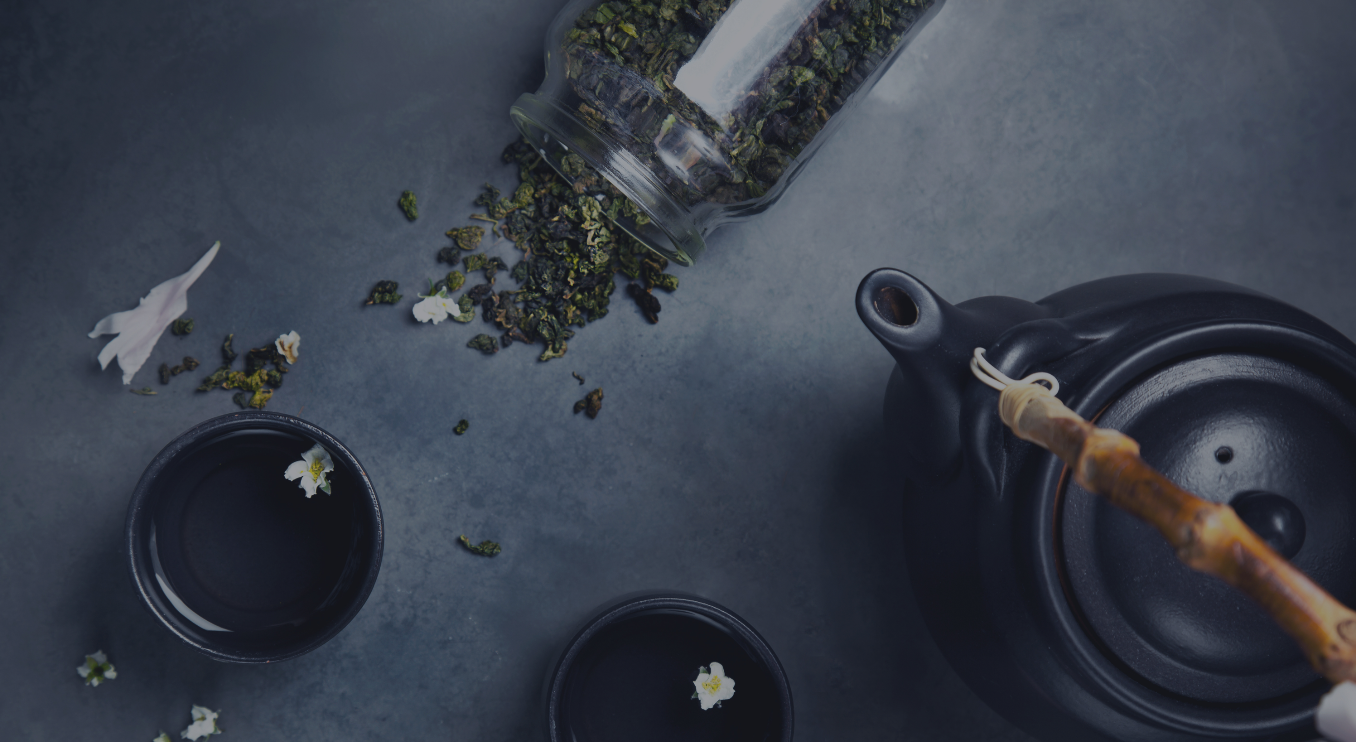
Reaching Heights
Developing a Pour Over Technique for Tea Brewing Using the Kalita Wave
It is possible that by developing a pour over technique for tea we could open up the pleasures of tea drinking to even more than currently benefit from its enjoyment, while likewise, increasing the accessibility of tea for its seasoned drinkers as well.
After the filter rinse. Ready for loose leaf tea and pour over brewing
Why did we try an altogether different method for brewing tea? It’s good to keep an open mind and to try new alternatives because you might find value you didn’t initially expect. Though brewing tea is several millennia-old, times change and there are new motivations to consider for honing your tea craft. We looked into pour over brewing because of the simplicity and due to its rampant success within the coffee realm. Anecdotally, we also heard from many casual tea drinkers that they themselves have experimented with pour over tea brewing. Because it is both a common kitchen accessory and perceived as a straight forward, timesaving process too. It stands to reason that by comparison standard tea brewing can at times be viewed as nebulous; perhaps harder to perfect, and certainly taking more time to complete.
Adding the appropriate amount of loose leaf tea
Therefore, it is possible that by developing a pour over technique for tea we could open up the pleasures of tea drinking to even more than currently benefit from its enjoyment, while likewise, increasing the accessibility of tea for its seasoned drinkers as well. And on the consumer-retail side, coffee shops and the like, might be more apt to incorporate higher quality tea within their offerings if we as purveyors of fine tea speak a language they can more easily understand. Of course utilizing equipment they already possess and know how to use is one of the best ways to do this.
In our experiments we utilized a Kalita Wave 185 stainless steel dripper, paired with their corresponding filter paper and glass coffee server. It was important to choose a relatively inert dripper. We did not want to consider plastic or copper, materials which would negatively impact tea taste. Ceramic is a solid alternative, but because of its substantial mass it would in fact necessitate the extra step of heating the dripper prior to brewing. Because our goal was to streamline, we chose the stainless steel version as the best option.
Brewing a white tea by pour over
Preliminary brews showed that the flow rate is such that you can consistently brew 12 ounces of tea in about 90 seconds if continually poured. We found this to work especially well with black tea. Upon further brews evaluating a diverse range of tea, we found the pour over value robust enough to apply successfully to many types of white, green, oolong and pu-erh teas. Modifications were made to our standard pour over process to account for tea type considerations. These considerations are two-fold, and always involve responding to specific attributes of the tea leaves themselves.
One, is the tea rinse for oolong or pu-erh that require a brief hot water rinse to open up the leaves prior to brewing. Rinsing simply involves submerging the leaves in hot water for a short time and then discarding the resultant brew. Two, is avoiding leaf damage from scalding due to prolonged exposure of high temperature brewing water. White tea and particularly green tea, which often requires the lowest brewing temperatures, are more susceptible. There are a couple ways this can be achieved. The temperature of the brewing water can be cooled by exercising a waiting period after boiling and just prior to brewing. However, additional time is counter to our goal for a streamlined process. An effective method for use in combination is to pour water from a high level to benefit from air cooling, and further, to let the leaves “rest” periodically by allowing the water to drain down completely in regular intervals while brewing. As the water drains down the leaves will naturally cool.
Brewed white tea ready to be poured from the server
The great thing about using our pour over technique in tea brewing is there is an elegant simplicity about the process that has inherent utility. Let’s highlight a couple features previously mentioned and touch on some new ones: 1) The use of a stainless dripper foregoes the need for a pot heating step. 2) The pour over brewing process achieves consistent results and prevents over-steeping; avoiding extracted, bitter and unbalanced brews. 3) Because hot water is replenished as brewed tea exits the pour over, there is a constant gradient for enhanced brewing. 4) Rinsing, brewing and cooling are each controlled when necessary by the simple method of timing and by positioning your pour. 5) Similarly, the pour over brewing action “self regulates” rinsing, brewing, and cooling requirements.
Serving pour over brewed white tea
The biggest take away when comparing pour over brews with other methods is that it is easier to achieve balance of flavor brew to brew. This consistency is an added benefit above the attractiveness of the quick results, or even the easy steps employed to get you there. When using pour over for tea you are likely to find bright, vibrant flavors, a silky texture, and the true complexity you would hope each fine tea to generously offer.
Simple pour over instructions when serving customers in retail settings.
Full pour over instructions with options for the tea enthusiast’s consideration.
Serving pour over brewed black tea
spent white jasmine leaves after brewing









